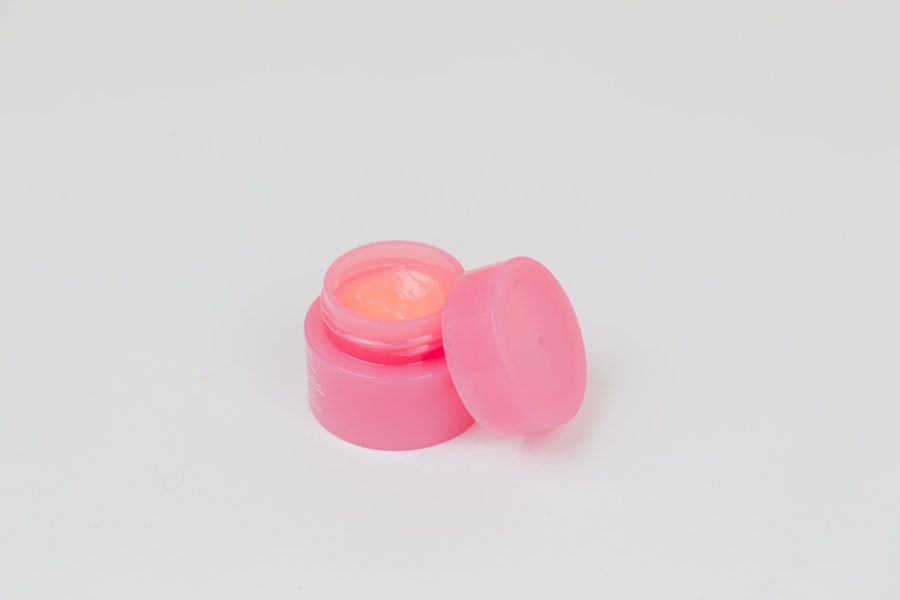Laser hair removal is a popular cosmetic procedure that uses concentrated beams of light to remove unwanted hair. This non-invasive treatment has gained popularity for its effectiveness in providing long-term hair reduction. It is a convenient and efficient way to achieve smooth, hair-free skin without the need for constant shaving, waxing, or plucking. Laser hair removal can be performed on various parts of the body, including the face, legs, arms, underarms, and bikini line. The procedure is suitable for both men and women and is a great option for those looking for a long-term solution to unwanted hair.
Laser hair removal works by targeting the pigment in the hair follicles. The concentrated light energy is absorbed by the pigment, which damages the follicle and inhibits future hair growth. Over time, with multiple treatments, the hair follicles become less active, resulting in a significant reduction in hair growth. This procedure is safe and effective when performed by a trained professional and has minimal side effects. With advancements in technology, laser hair removal has become more accessible and affordable, making it a popular choice for those seeking smooth, hair-free skin.
Key Takeaways
- Laser hair removal is a popular method for achieving smooth, hair-free skin.
- The treatment works by targeting hair follicles with concentrated light, damaging them to inhibit future hair growth.
- The benefits of laser hair removal include long-lasting smooth skin, reduced ingrown hairs, and minimal discomfort.
- Laser hair removal is generally safe and effective when performed by a trained professional.
- While the initial cost of laser hair removal may be higher, it can save time and money in the long run compared to regular shaving or waxing.
How Laser Hair Removal Works
Laser hair removal works by targeting the melanin, or pigment, in the hair follicles. The concentrated light energy from the laser is absorbed by the melanin, which then heats up and damages the follicle, inhibiting future hair growth. The procedure is most effective on dark, coarse hair, as the laser can easily target the pigment in the follicle. However, advancements in technology have made it possible to treat lighter hair as well.
The process of laser hair removal involves multiple treatments spaced several weeks apart to target hair in different stages of the growth cycle. This ensures that all hair follicles are effectively treated for long-term reduction in hair growth. The number of treatments required varies depending on the individual’s hair type, skin color, and the area being treated. Laser hair removal is a safe and effective procedure when performed by a trained professional using FDA-approved equipment. It is important to consult with a qualified practitioner to determine the best treatment plan for your specific needs.
Benefits of Laser Hair Removal for Smooth Skin
One of the main benefits of laser hair removal is the long-term reduction in unwanted hair growth. Unlike temporary methods such as shaving or waxing, laser hair removal provides a more permanent solution for smooth, hair-free skin. This means no more daily shaving or frequent salon visits for waxing appointments. Laser hair removal also offers precision, targeting specific areas without damaging the surrounding skin. This makes it an ideal option for areas such as the face, where precision is crucial.
Another benefit of laser hair removal is the improvement in skin texture and appearance. Constant shaving and waxing can cause irritation, ingrown hairs, and razor bumps, leading to uneven skin texture. Laser hair removal eliminates these issues, leaving behind smooth and flawless skin. Additionally, the procedure is quick and convenient, with minimal downtime, allowing individuals to resume their daily activities immediately after treatment.
Safety and Effectiveness of Laser Hair Removal
| Study | Safety | Effectiveness |
|---|---|---|
| Study 1 | Low risk of side effects such as redness and swelling | Significant reduction in hair growth after multiple sessions |
| Study 2 | No long-term health risks reported | High patient satisfaction with long-lasting hair reduction |
| Study 3 | Minor discomfort during treatment | Effective for various skin types and hair colors |
Laser hair removal is a safe and effective procedure when performed by a qualified professional using FDA-approved equipment. The procedure has been extensively studied and proven to provide long-term reduction in hair growth with minimal side effects. It is important to undergo a thorough consultation with a trained practitioner to determine if you are a suitable candidate for laser hair removal.
The effectiveness of laser hair removal varies depending on individual factors such as skin color, hair type, and hormonal imbalances. Dark, coarse hair responds best to laser treatment, while lighter hair may require more sessions for optimal results. It is essential to follow the recommended treatment plan and attend all scheduled sessions for maximum effectiveness.
When performed by a skilled practitioner, laser hair removal is a safe procedure with minimal risk of complications. Common side effects may include temporary redness, swelling, or mild discomfort, which typically subside within a few days. It is important to follow post-treatment care instructions to ensure optimal results and minimize any potential side effects.
Cost and Time Savings of Laser Hair Removal
While laser hair removal may initially seem like a significant investment, it offers long-term cost savings compared to temporary hair removal methods such as shaving or waxing. Over time, the cumulative cost of razors, shaving creams, waxing appointments, and salon visits adds up, making laser hair removal a more cost-effective solution in the long run.
In addition to cost savings, laser hair removal also offers time savings. The procedure provides long-term reduction in hair growth, eliminating the need for daily shaving or frequent waxing appointments. This means less time spent on grooming and more time for other activities. Laser hair removal is a convenient option for individuals with busy lifestyles who want to achieve smooth, hair-free skin without the hassle of constant maintenance.
Preparing for Laser Hair Removal Treatment

Before undergoing laser hair removal treatment, it is important to prepare your skin to ensure optimal results and minimize any potential side effects. This includes avoiding sun exposure and tanning beds for at least six weeks prior to treatment, as tanned skin can increase the risk of complications such as burns or pigmentation changes. It is also important to avoid plucking or waxing the treatment area for several weeks before the procedure to ensure that the hair follicles are intact for effective treatment.
It is recommended to shave the treatment area the day before or on the day of the procedure to ensure that the laser can effectively target the hair follicles without any interference from surface hair. Additionally, it is important to follow any specific pre-treatment instructions provided by your practitioner to ensure that your skin is in optimal condition for laser hair removal.
Aftercare and Maintenance for Smooth Skin
After undergoing laser hair removal treatment, it is important to follow post-care instructions to ensure optimal results and minimize any potential side effects. This includes avoiding sun exposure and using sunscreen on the treated area to protect the skin from UV rays. It is also important to avoid hot baths, saunas, or activities that may cause excessive sweating for a few days after treatment to allow the skin to heal properly.
It is normal to experience some redness or mild discomfort after laser hair removal treatment. This typically subsides within a few days, but it is important to follow any specific aftercare instructions provided by your practitioner to ensure proper healing. It is also essential to attend all scheduled follow-up appointments to monitor your progress and determine if any additional treatments are needed for optimal results.
In conclusion, laser hair removal offers a safe and effective solution for achieving smooth, hair-free skin. With long-term reduction in unwanted hair growth and minimal side effects when performed by a qualified professional, it has become a popular choice for individuals seeking a more permanent solution to unwanted hair. By following pre-treatment preparation and post-care instructions, individuals can achieve optimal results and enjoy the benefits of smooth and flawless skin with laser hair removal.
Looking to learn more about the benefits of laser hair removal? Check out this insightful article on how laser hair removal can be affected by antibiotics at In Laser Hair Removal. Understanding the potential interactions between antibiotics and laser hair removal is crucial for anyone considering this treatment.
FAQs
What is laser hair removal?
Laser hair removal is a cosmetic procedure that uses a concentrated beam of light (laser) to remove unwanted hair. The light is absorbed by the pigment in the hair follicles, which damages the follicle and inhibits future hair growth.
What are the benefits of laser hair removal?
Some of the benefits of laser hair removal include long-lasting results, reduced hair growth over time, and the ability to target specific areas of the body. It is also a relatively quick and safe procedure with minimal discomfort.
Is laser hair removal permanent?
While laser hair removal can significantly reduce hair growth, it is not always permanent. Some people may experience regrowth over time, but the hair that does grow back is often finer and lighter in color.
What areas of the body can be treated with laser hair removal?
Laser hair removal can be used to treat unwanted hair on various areas of the body, including the face, legs, arms, underarms, bikini line, and back. It is important to consult with a qualified professional to determine the best approach for each specific area.
Are there any risks or side effects associated with laser hair removal?
While laser hair removal is generally safe, some potential side effects may include skin irritation, redness, and temporary changes in skin color. It is important to follow the aftercare instructions provided by the treatment provider to minimize these risks.




